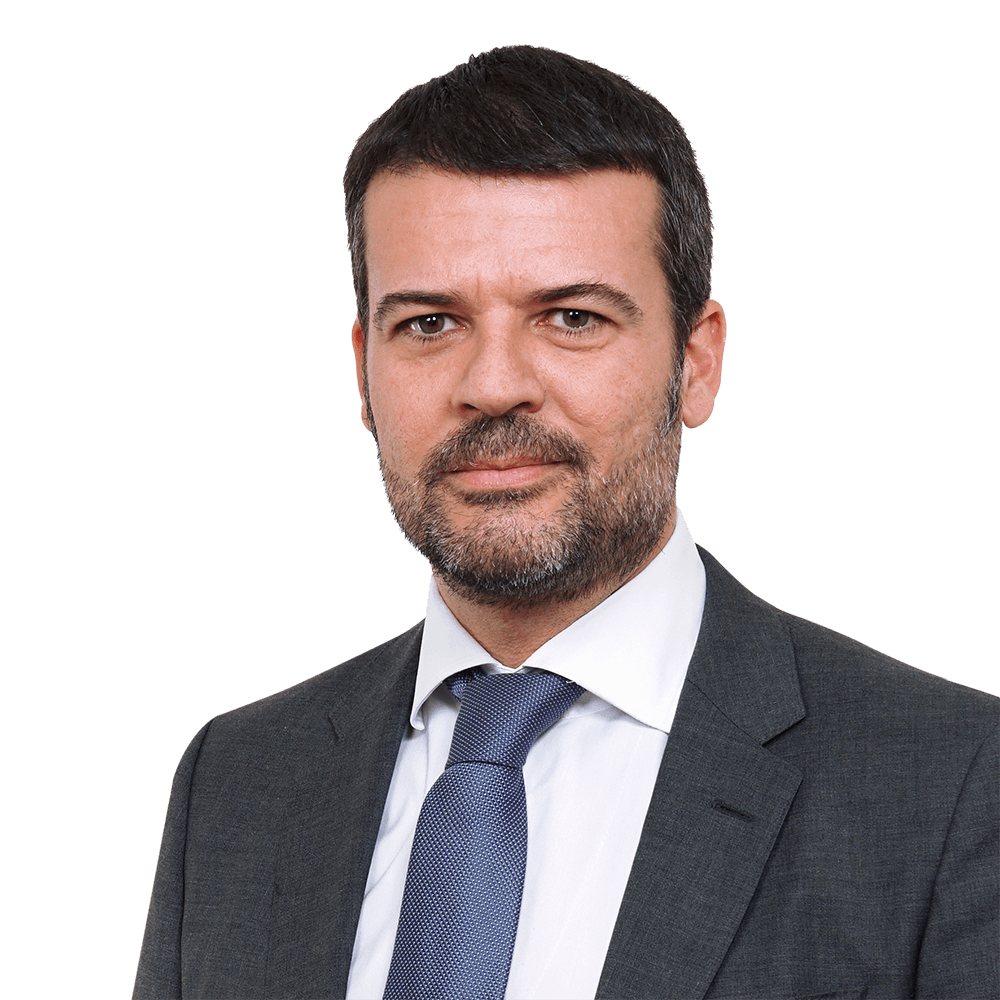The contribution of know-how to a company's share capital
Published on 21st February 2020
The Directorate General for Registries and Notaries, in its resolution of 4 December 2019, ruled in favour of the contribution of certain know-how to the share capital of a private limited liability company (sociedad de responsabilidad limitada).
The Directorate General for Registries and Notaries ("DGRN"), in its resolution of 4 December 2019, decides on the scope of the know-how concept and the requirements applicable to contribution of intangible assets to the share capital of a private limited liability company.
Concept of know-how
To define the concept of know-how, the DGRN relies on the Spanish Supreme Court ruling of 21 October 2005, which, in turn, refers to regulations in distribution franchising and case law of the Supreme Court and regional courts. The concept is defined as "knowledge or group of technical knowledge that is not in the public domain and that is necessary to manufacture or commercialise a product, provide a service or organise an economic unit or business, providing those who dominate it with an advantage over competitors, for what he(she) strives to maintain such knowledge and avoid its disclosure".
Contribution of intangible assets to share capital
Article 58 of the Spanish Companies Law sets forth that the only "assets or economic rights susceptible of economic valuation" can be contributed to the share capital of a company, with "labour or services" not being suitable to be contributed.
The DGRN understands that the know-how contributed in the case meets these requirements, as it is an intangible asset, of economic nature, susceptible of economic valuation and appropriation, being able to produce a profit and differing from a mere contribution of labour or services.
The DGRN compares the contribution of know-how with the contribution of goodwill, which is described as an intangible asset susceptible of valuation in the balance sheet and, accordingly, of being contributed to share capital.
Share capital as a guarantee
The DGRN ruling has drawn some criticism in the sector and concerns have been raised on the suitability of know-how to achieve a specific function of the share capital: constituting a guarantee to creditors.
In this regard, specifically referring to private limited companies, in-kind contributions are subject to a joint and several liability regime. Section 1 of article 73 of the Spanish Companies Law provides that "the founders, the shareholders at the time of resolving a capital increase and those acquiring any share paid-in through in-kind contributions, will be jointly and severally liable to the company and the company's creditors for the existence of those contributions and the value attributed thereto". Additionally, section 3 of article 73 extends such joint and several liability to directors, who will be "liable for the difference between the valuation made and the actual value of the contributions".
The persons referred to in article 73 of the Spanish Companies Law may be held jointly and severally liable before creditors and the company itself, for a period of 5 years from the date of the contribution. The abovementioned persons are therefore jointly and severally liable for the existence and valuation of the know-how, safeguarding the company's and creditors' interests.
In public limited companies (sociedades anónimas) the responsibility is borne by the independent expert who values and validates the existence of the in-kind contribution, providing the safeguard mechanism for the company and creditors.
Conclusion
There is a fine line between considering knowledge as an intangible asset or a mere provision of services or labour. Qualification of certain know-how as an asset contributable to the share capital of a company will greatly depend on the adequate identification and description of the knowledge in the incorporation or share capital increase public deed.
It is recommended to keep up with upcoming case law and administrative doctrine, to see if they follow the new direction the DGRN proposed in this resolution.





